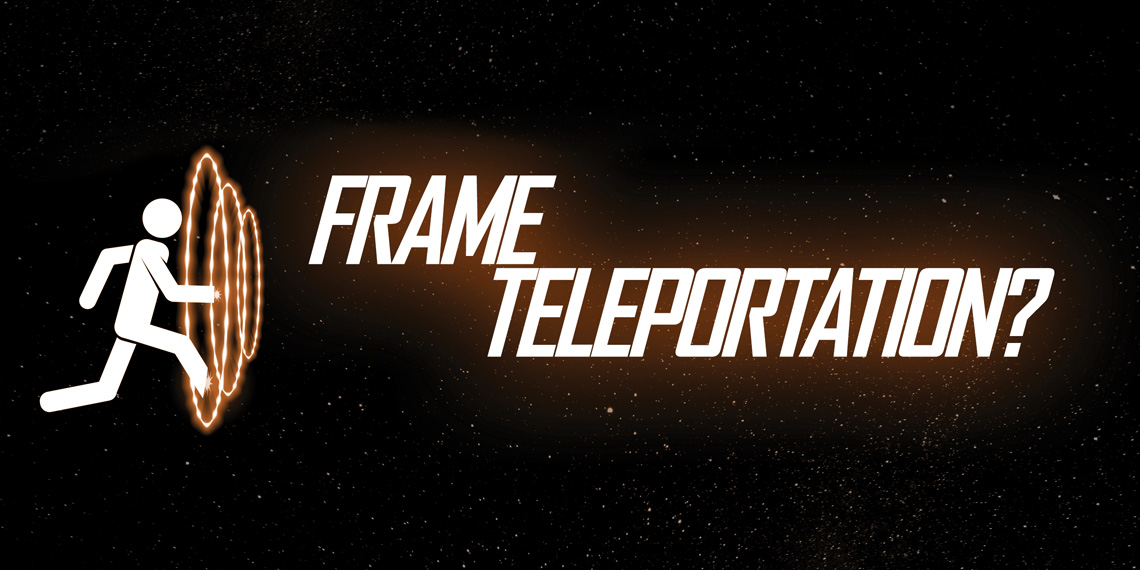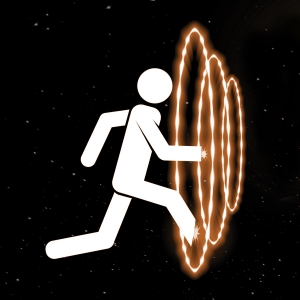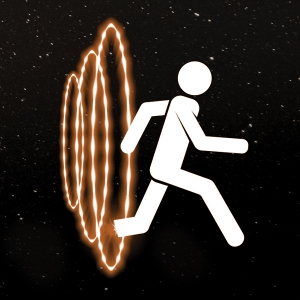
Help your business live long and prosper
Moving something instantly from point A to point B is really, really useful. Now, imagine if we could do that with frames. We can’t – sorry if I got your hopes up – but if we could, it would be pretty cool. We can, however, do the next best thing – send a digital copy of the frame around. That makes it possible to make the whole process of getting a complete pair of eyewear more cost efficient and quicker.
Plenty of offices don’t have an edger, and are happy to leave edging up to their lab of choice. This can, of course, lead to some problems. Usually, getting the lenses into the frame is the most problematic part. The edging part, specifically. When you want to use one of your own frames, there’s a number of steps in the process that can easily turn out to add additional cost and delay to a job. Thankfully, there are ways that technology is making it possible to eliminate this problem, improve turn around, and reduce cost. Remote tracing has been around for a long time, but as technology gets better, the process becomes more reliable and more cost-effective.

What Is It?
So, if you aren’t familiar with what ‘remote tracing’ is, I’ll address that briefly. You have a small machine in your office that will trace the shape of the frame. It saves this information into a file on your computer, which you can then send to your lab electronically, instead of needing to mail them the physical frame. The lab can then cut the lenses to the right shape, send them to you, and you simply insert them into the frame. Simple.
Rules of Acquisition
So before trying something, you need to know both what it’s going to cost, as well as what it’s going to save you. We can have a look at the savings first, because it’s a heck of a lot more enjoyable to talk about savings than about costs. The most obvious saving is that you don’t have to mail the frame to the lab, or have them send it back. This means you don’t incur the additional cost of mailing the frames, which is at least $5 per shipment. Unless you need it there fast and the lab is on the other side of the country, then it’s going to cost quite a bit more. The other major benefit to this, aside from the direct cost of shipping, is that there’s no risk of a frame getting lost or damaged in transit. That risk is reduced if you pay for extra insurance on the shipment, but then you’re paying more again. Even if you do insure it, that’s not necessarily going to help you replace the frame. Invariably, the frame that gets lost in transit is a discontinued or irreplaceable patient’s-own-frame. Being able to avoid having to explain to someone how their frame has ‘gone missing’ in transit can be worth a lot of patient goodwill.
Apart from the direct cost of having to ship the frame, there’s the question of timeliness. If you are sending a frame to the lab, it’s adding at least a day or more, depending on how far away the lab is and how much you are willing to pay to get it there. This will usually mean that it takes longer before you get the completed job back, as the lab can’t very well cut the lenses before the frame arrives.
On top of this, some labs will offer a discount on their edging prices if you supply the electronic trace file, instead of sending in the physical frame. This is possible because you are helping to reduce the amount of handling involved, since there’s no frame to be handled, traced, and assembled. Since the lab can reduce the amount of effort the job requires, they should certainly be giving you a discount, don’t you think?
Is that a Red Shirt?
 Don’t worry, there’s nothing here waiting to get you. The only ‘catch’ is that you need a tracer, which was probably pretty obvious by now. The problem here is that you can’t really just ‘cheap out’ on it, as you can run into problems later on down the road. Getting a cheap tracer off of EBay means that you have no support, and no idea if the tracer is working correctly, or if the sizing is completely off. They are one piece of equipment that people love to ship improperly, which usually means the trace stylus bounces all over the place. This makes the tracer sad.
Don’t worry, there’s nothing here waiting to get you. The only ‘catch’ is that you need a tracer, which was probably pretty obvious by now. The problem here is that you can’t really just ‘cheap out’ on it, as you can run into problems later on down the road. Getting a cheap tracer off of EBay means that you have no support, and no idea if the tracer is working correctly, or if the sizing is completely off. They are one piece of equipment that people love to ship improperly, which usually means the trace stylus bounces all over the place. This makes the tracer sad.
Luckily, brand new tracers aren’t too expensive (like the one on the opposite page- wink wink, nudge nudge), and they will pay for themselves pretty quickly. If you figure you can save a few dollars per job, then there’s no reason not to not give remote tracing a try – save money, save time. It’s the only logical choice.
– Leonard Nimoy (RIP)
